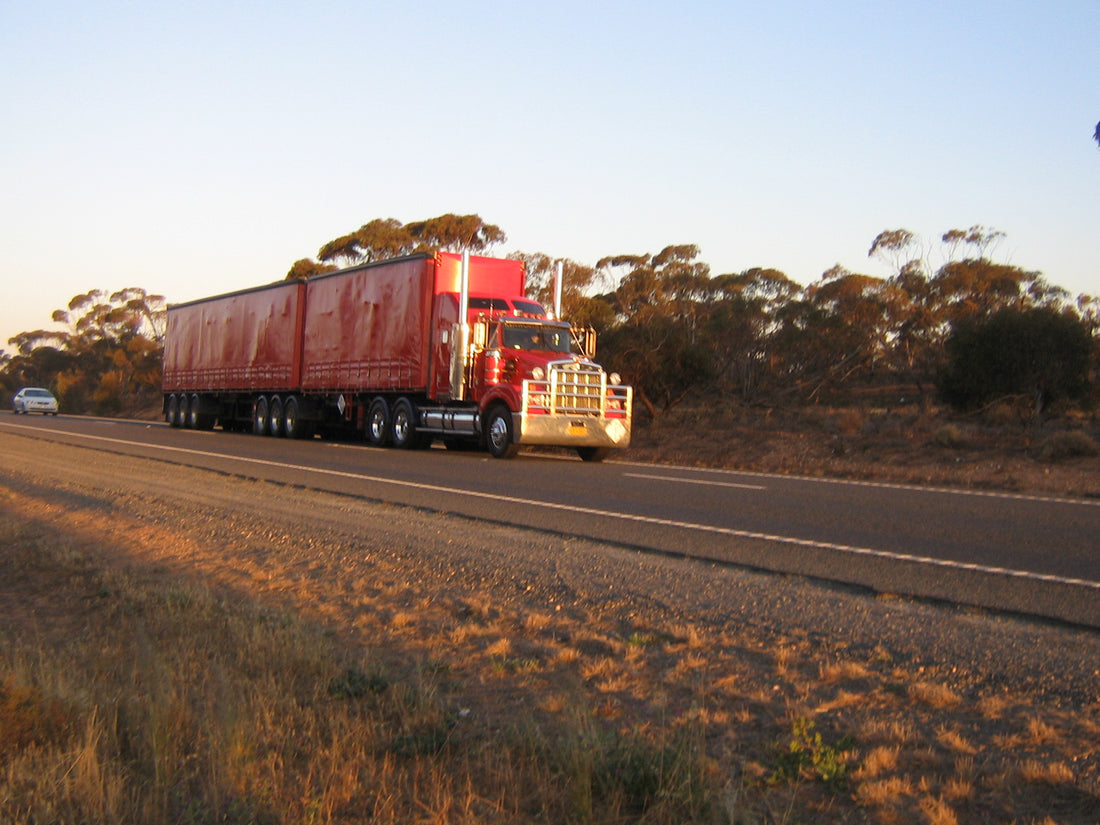
Hot Weather Tire Safety Tips
Extreme summer heat seems to be hanging around in many parts of the country, which can bring extra concerns out on the road. Keep these simple tire safety tips in mind when the temperatures climb.
- Make sure your tires are properly inflated. When the air is too low the tire creates more heat because of excess flexing. This not only affects the handling and fuel economy, but it also causes the tires to wear out faster and make the chances of heat related tire damage higher. Buy a good quality gauge; don’t rely on only a visual check. According to the rubber manufacturers of America (RMA), a tire can lose up to half of its inflation pressure and still not appear to be flat. Tires can lose one PSI every month, so it’s important to check pressure in all tires at least once a month. Check tires when they are cool for the best, most accurate readings. Air pressure in a tire goes up in warm weather and down in cold weather- approximately 1-2 pounds for every 10 degrees of temperature change.
- Don’t overload your vehicle. Too much weight can put extra pressure on those tires, which is never a good idea. This is especially true in hot weather.
- Always check tire tread for uneven spots, excessive wear, and foreign objects. Worn tires are more likely to be damaged, so keeping on top of the wear and tear on your tires is very important. Be sure to check tire walls as well for any bulges, gouges, cuts, or deep abrasions. A good rule of thumb: tires with tread worn down to 2/32 of an inch or less are not considered safe and should be replaced. When in doubt, try the penny test: insert a penny into the tire’s tread, and position it with Lincoln’s head upside down and facing you. If you can see all of Lincoln’s head, it’s time for new tires.
- Obey the speed limit. Lower speeds put less damage on the tires, while heavy speeding during long periods of hot weather can increase temperature and friction.


